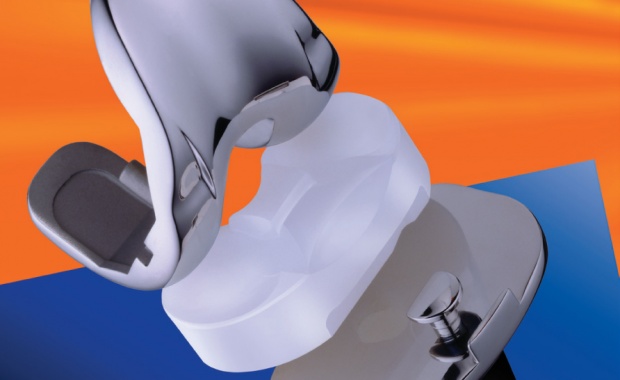Clients are always wanting to know information regarding Yoga poses and their impact upon movement with prosthetic knees.
These links provide information about how a person’s baseline anatomy affects range of motion as well as how a type of implant may affect ability to move the joint.
https://orthoinfo.assos.org/en/treatment/knee-replacement-implants/
This article provides information regarding the types of implants and their structures based upon which ligaments are moved or replaced. The decision depends upon the integrity of the surrounding cruciate ligaments.
Cruciates are ligaments that cross each other and are on the inside of the knee joint. There are 2 inside the knee that hold the femor and tibia closely together. The one in the front is named the ACL (Anterior Cruciate Ligament) and one in the back labeled the PCL (Posterior Cruciate Ligament). The word cruciate means “crossing”. David Keil, a Licensed Massage Therapist and Certified Neuromuscular Therapist, illustrates a clear picture and explanation of these in his book Functional Anatomy of Yoga A Guide for Practitioners and Teachers on Page 71. It is a book worth owning even if you are not a Yoga Teacher.
https://bonesmart.org/knee/knee-replacement-implant-materials/
This article contains information regarding the various materials from which implants are created. This seems to address decisions made upon a possible allergy toward other implants.
https://www.ncbi.nim.nih.gov/books/NBK499896
This takes a look at implants and how they are designed based upon the current stability of the cruciate ligaments. The discussion is based upon the surgeon’s decision whether or not to remove the PCL.
https://bonesmart.org/knee/types-of-total-knee-implants/
This article reviews fixed versus mobile implants.
Once an individual has knee replacement(s) it is important to follow your doctor’s post-op instructions exactly. Rehab with a Physical Therapist is usually implemented after the first post-op visit. Once you are discharged from PT, get clearance from your doctor to take a Yoga Class from a Certified Yoga Therapist or Healthcare Professional who is skilled with teaching Yoga Classes to individuals who are physically challenged.
The way I prepare clients toward strengthening the integrity of the muscles that support the knee is to provide education about the anatomy of the leg. The longest muscle in the body is called the Sartorius muscle whose function is to move the hip and knee. This is the only muscle that covers 2 joints within the body. The links below are videos about the Sartorius muscle.
Kenhub is an excellent resource to learn about the human anatomy. I am providing the link for educating you about the Sartorius muscle.
Beaulieu Yoga classes are structured to increase the integrity of this muscle along with the quads, glutes and core. These all work together to provide stability for our knees. Modifications are queued in case there is a concern for any issues.Thank you, Gabriela Ferroni, BSN, RN for providing the research posted in this blog. Gabriela is a Licensed Registered Nurse in the state of Pennsylvania working on an Orthopedic Unit.

